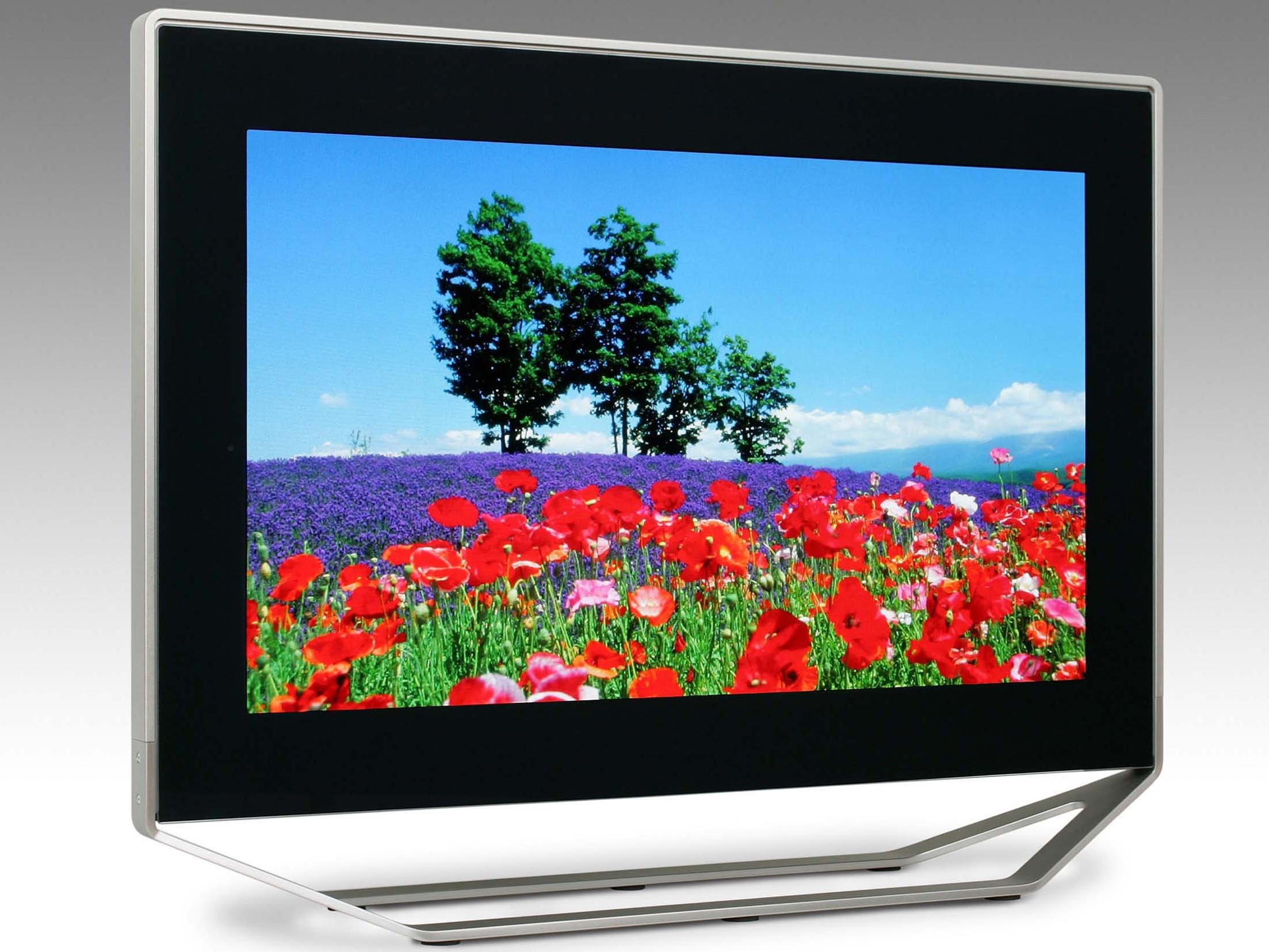Good to see DF back to hard hitting relevant content. This is pretty useless to almost everyone.
As worthless as this is, it's still infinitely better than all those trash "PS5/Series X PC equivalent spec" clickbait shit fests they made.
I think DF is done, but nobody had told Jo
Y'all aren't getting the main point, the main point is CRT TVs had essentially zero motion blur while sample and hold displays i.e LCDs/OLEDs (yes that's right LCDs and OLEDs are what they call sample and hold displays) have a ton of motion blur like a lot of motion blur at sub 240 frames per second. You have to get up to 1,000 frames per second to eliminate motion blur on sample and hold displays i.e LCDs & OLEDs. If you guys watch the whole video he eventually talks about motion blur on CRT TVs. That was truly the key thing we lost when we switched to LCDs/OLEDs was great motion clarity. So the question is when are we going to be playing 1,000fps games on LCDs/OLEDs? Probably by the late 2030s technology is moving fast these days.
Look at this infographic, at low fps you can clearly see how bad motion blur is on sample and hold displays i.e LCDs/OLEDs. And as you can see at 240fps the motion clarity starts looking pretty good.
By the way this is the motion blur UFO test just go to ufotest.com make sure you're using the Chrome browser because it supports up to 240fps but of course in order to display 240fps your TV or monitor has to have a refresh rate of 240Hz. John Linneman in the video actually shows you what this UFO test looks like on an LCD and on a CRT, on the CRT there is no motion blur whatsoever as the UFO moves across the screen from left to right.
If you guys really want to get your cherries popped on this whole motion blur thing then read this article by blurbusters, I read this article a few years ago and it has changed the way I look at modern TVs!!!!!
https://blurbusters.com/blur-buster...000hz-displays-with-blurfree-sample-and-hold/
So in short, LCDs and OLEDs have really bad motion blur at low frame rates and it can only be cured by higher and higher frame rates going all the way up to 1,000fps. Here's an easy way to see what I'm talking about, here just scroll up & down and notice that when the text moves it smudges, that's the inherent motion blur that LCDS/OLEDs have. When anything on the screen starts to move it will smudge, whereas on the old CRT TVs it was totally smooth no motion blur.
One final thing, we're actually going to need to go all the way up to 10,000fps because that's when the "mouse cursor stepping effect AKA phantom array effect" becomes imperceptible to the human eye. So yes there is a stroboscopic effect called The phantom array effect that doesn't go away till you hit 10,000 frames per second, 10,000fps will be needed to create future sci-fi holodecks where the human eye is completely fooled and believes it's looking at real life.
Another final thing, since most people can't get access to a CRT to see what a screen without motion blur looks like well guess what, do you have a VR headset? There is a motion blur reduction technique called "black frame insertion" and all VR headsets use this to eliminate motion blur. There is no motion blur in VR. They had to use black frame insertion to get rid of motion blur because in VR it becomes extremely noticeable and ruins the experience. Whereas on flat panel TVs it's not very noticeable, not till it's pointed out at least.

 electronics.howstuffworks.com
electronics.howstuffworks.com

 en.wikipedia.org
en.wikipedia.org














